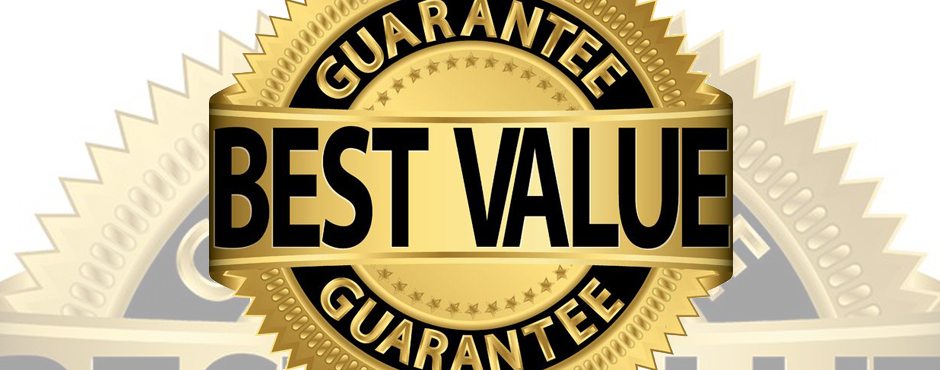I was watching a TED talk from Rory Sutherland, the Vice Chairman of Ogilvy Group, and his lesson was on the power of perception as it pertains to real value and perceived value. We’re all probably aware of the fact that Advertising is an influential force behind consumerism, but what I want to explore in this post is the root of that behaviour: perception, and how the real-value of things is less significant than the perceived value of things.
The power of perception can change almost everything; from what we eat to how we drive:
1. The Potato
Frederic the Great was very keen on the potato being adopted into the diets of Germans. He tried to make it compulsory and people were executed for refusing to grow potatoes. So he changed his strategy and made it so that potatoes could only be grown by Royalty (and would be guarded as such). The reaction was that if something was good enough to be guarded, it’s good enough to be stolen. He changed the perception of Potatoes.
2. Shreddies
Canadian intern, Hunter Summerville, thought of a way to re-launch Shreddies: he thought of a way to add intangible value to a product without actually changing the product itself. Changing it from a square to a diamond. It was a refresh in how Shreddies were perceived, even though it was only tilted slightly to become a diamond.
3. Speeding
Instead of showing your speed, the sign would flash either a smiley face or a sad face. These signs cost about 10% of a speeding-camera but prevent twice the amount of speeding collisions. It goes without saying, knowing your speed might deter some people from speeding, but when speeding was associated with a sad face, people were more likely to slow down.
What I’m trying to illustrate here, is that perhaps like most things in life, it is our perception of things that make them valuable – and less about what the actual value is.
What are some of your examples of real-value versus perceived value?

